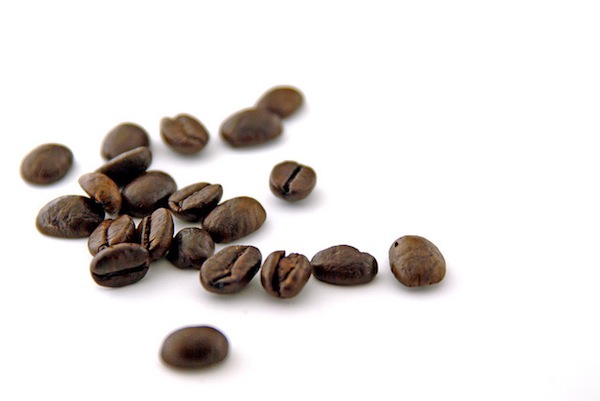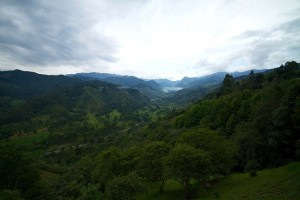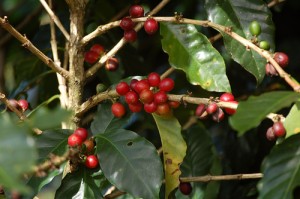
Where does coffee come from? We often get asked about the origin of the coffee we roast and serve at our cafes. There’s a story behind every cup of coffee, from how the coffee beans are cultivated to the soil the coffee trees grow in, local conditions and the people who gather the best beans for you to appreciate in your mug.
Where do coffee beans grow around the world?

Coffee beans grow in over 50 countries in a relatively narrow belt between the Tropics of Cancer and Capricorn, where the temperature, humidity and precipitation are just right. As much as some of us might love to be able to grow our own coffee trees in our backyards in Vancouver, coffee is very finicky about where it grows.
The top coffee-producing countries include Colombia, Brazil, Mexico, Vietnam, Indonesia, and others – including Ethiopia, where it is believed that coffee was first cultivated as our favorite beverage. We get our organic fair trade coffee from many countries around the world!
What are the ideal growing conditions for coffee?
Coffee grows in temperate zones with moderate rainfall and fertile soil fertilized by volcanic ash. You may have seen images or videos of verdant coffee plantations set in a light mist, with the sunlight breaking up over tall green mountains. That’s pretty much the sweet spot for coffee growers.
How much rainfall does coffee need to grow?
Coffee plants grow best in areas with about 1 to 1.5 meters of annual rainfall that falls evenly all year round. That’s a pretty strict range, so many countries that cultivate coffee can only do so in particular regions with just the right micro-climate.
How does elevation affect how coffee grows?

You get the best coffee from higher-up elevations 3,000 to 6,000 feet above sea level. From 3,000 to 4,000 feet, you can get sweet, smooth varieties of coffee beans. Above 4,000 feet, you start getting more complex flavors with hints of vanilla, citrus, chocolate or nuts. Above 5,000 feet, floral and fruity notes begin to come out, producing the perfect bean for a delightfully flavorful cup of coffee.
How does sunlight affect how coffee beans grow?
Coffee needs just the right amount of sunlight to develop its best flavours — not too much and not too little throughout the day. High-elevation coffee trees growing on the sides of mountains only have sunlight for part of the day, slowing the development of the coffee cherries. This slower growth increases the flavor oils that give coffee a level of “acidity” that coffee connoisseurs prize.
Elevation isn’t the only variable affecting sunlight, though. Coffee farmers also have their own techniques to control sunlight, such as growing other indigenous trees around the coffee trees to help create a natural shade canopy. The best coffee growers use every option in the playbook to create the best-tasting beans!

